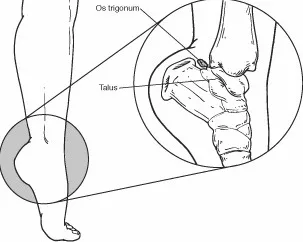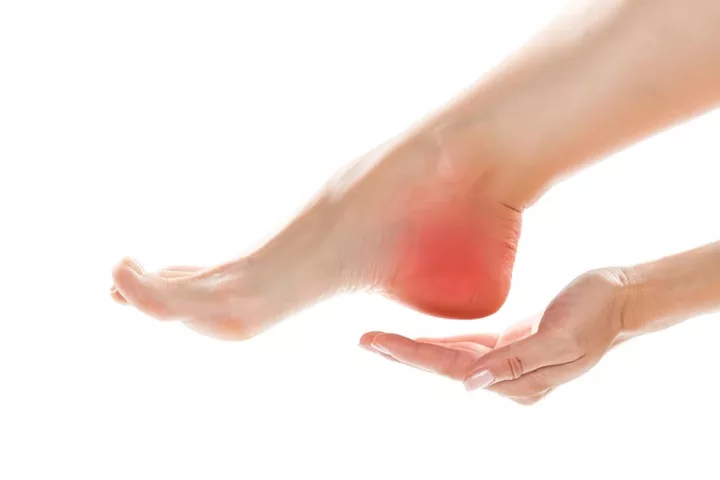What Exactly Is an Os Trigonum?
An os trigonum is an additional bone found occasionally behind the talus, or ankle bone, linked to it via a fibrous connection. This extra bone is congenitally present, meaning individuals are born with it. It usually becomes apparent during the teenage years when a section of the talus doesn’t properly join with the rest, forming a small separate bone. Only a handful of individuals possess this extra bone.
What Constitutes Os Trigonum Syndrome?
 Most individuals are unaware of the existence of an os trigonum unless it leads to discomfort. However, for some, this extra bone can cause a painful affliction known as os trigonum syndrome.
Most individuals are unaware of the existence of an os trigonum unless it leads to discomfort. However, for some, this extra bone can cause a painful affliction known as os trigonum syndrome.
The condition typically arises after an injury, such as an ankle sprain, but the repetitive act of pointing the toes down may also bring it about. This motion is often performed by ballet dancers, soccer players, and other athletes
In those with an os trigonum, such toe-pointing actions can lead to what is referred to as a “nutcracker injury.” This injury occurs when the os trigonum is compressed between the ankle and heel bones, similar to placing an almond in a nutcracker. When the os trigonum detaches, the connecting tissue from the talus is either stretched or torn, causing inflammation in the vicinity.
Os Trigonum Syndrome: Indications and Symptoms
The following signs and symptoms may suggest os trigonum syndrome:
- Persistent ache at the ankle’s rear, especially when the big toe is used for pushing off or when the toes are pointed down.
- Sensitivity when the region is touched.
- It was swelling at the back of the ankle.
Diagnosing the Syndrome
Other conditions, like Achilles tendon injuries, ankle sprains, or talus fractures, can present similarly to the trigonum syndrome. Diagnosis begins with an inquiry into symptom history followed by a physical examination of the foot and ankle. To aid the diagnostic process, x-rays, and additional imaging tests are commonly employed.
Non-Surgical Treatment Methods
Symptom relief is often attained through various treatments, including:
- Resting: Using the injured foot minimally is crucial for reducing inflammation.
- Immobilization: A walking boot is frequently utilized to limit ankle movement and promote the healing of the injured tissue.
- Cold Therapy: Applying a bag of ice wrapped in a thin cloth on the inflamed area helps lower swelling. Direct application of ice on the skin should be avoided.
- Oral Medications: Anti-inflammatory drugs like ibuprofen can assist in controlling pain and swelling.
- Injection Therapy: Administrating cortisone injections occasionally can help reduce inflammation and alleviate pain.
When Does Surgery Become Necessary?
While many patients find relief through non-surgical methods, others may require surgical intervention to treat their symptoms effectively. Surgery generally entails removing the os trigonum since this extra bone is not essential for normal foot functionality.




